Timelines
We could make this publication thanks to small donations. How is 3 minutos de arte supported?
Moments of María Blanchard
Maria Blanchard was one of the greatest painters of the avant-garde era. Moreover, she is not only considered the most important cubist painter, but the cubists themselves maintain that she is one of the artists who contributed most to that movement.
Two stages can be clearly distinguished in her career. The stage of Cubism (synthetic) and the so-called "return to order." The latter is a stage in the history of art that began near the end of the First World War (it started in 1918, and the war ended the following year). Europe was in chaos, full of horror and anguish, and many artists stopped exploring the new, the avant-garde, to take refuge in classical figuration, in its calm, in its order.
1914. The Communicant. Early work.
1916. Woman with a Fan. Synthetic Cubism.
1916. The Monogram
1916. Seated Woman
1916-18. Still Life with Red Lamp
1917. Woman with Guitar
1917. Seated Woman
1917. Cubist Composition
1917. Cubist Still Life
1917-18. The Lute Player
1918. Still life
1918. Life of Fruits and Bottle
1918. Still Life with Matchbox
1918. Still Life with Fruit Bowl
1919. Pianist
1920. Breakfast. We can see how her return to order began.
1922. Woman Before a Mirror. Return to order.
1923. The Cook
1924-25. Le Camelot du Roi
1928. Seated Woman
Recommended links:
María Blanchard, the Most Important Female Painter of Cubism.
Fundamental Differences between Analytic and Synthetic Cubism.
Fundamental Paintings to Understand the History of Painting: Les Demoiselles d’Avignon, Picasso.
You can also find more material using the search engine.
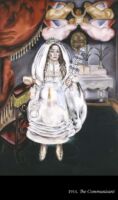


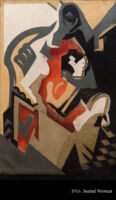
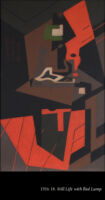
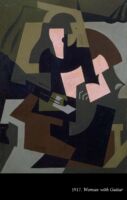
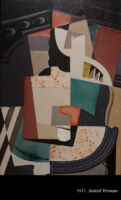
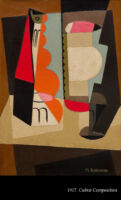
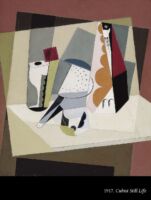
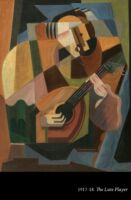
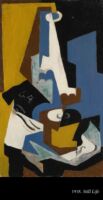
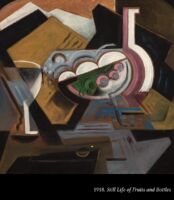
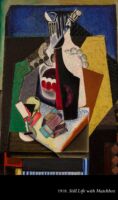
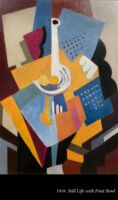
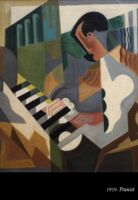
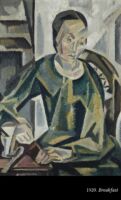
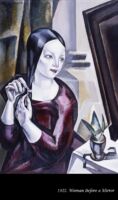
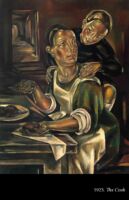

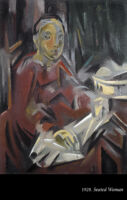


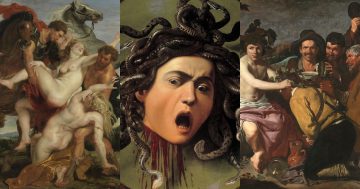
0 Comments